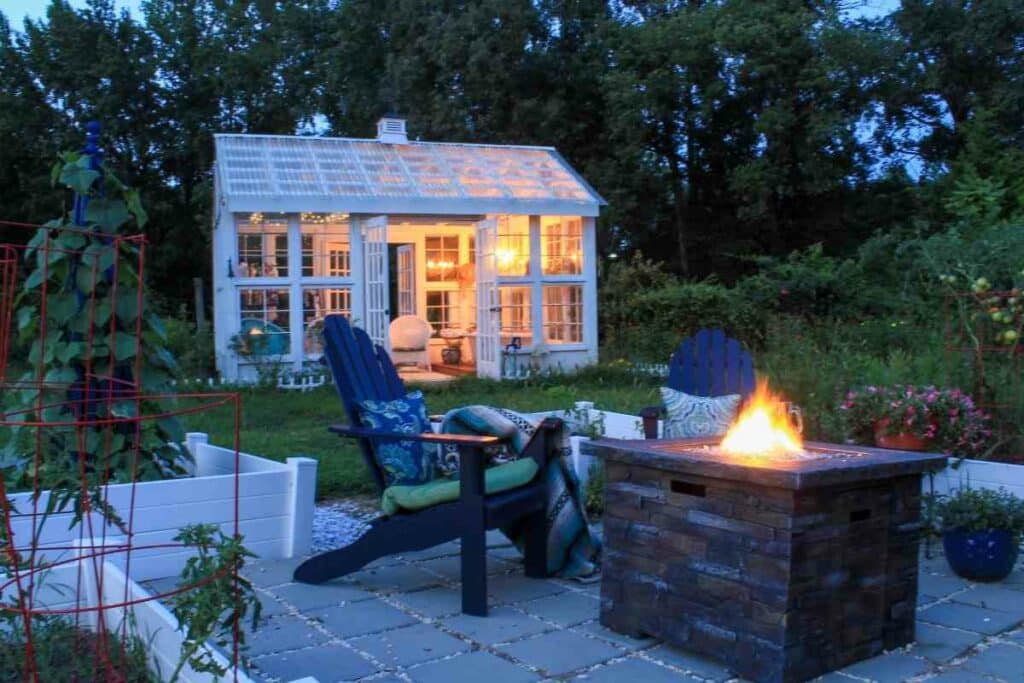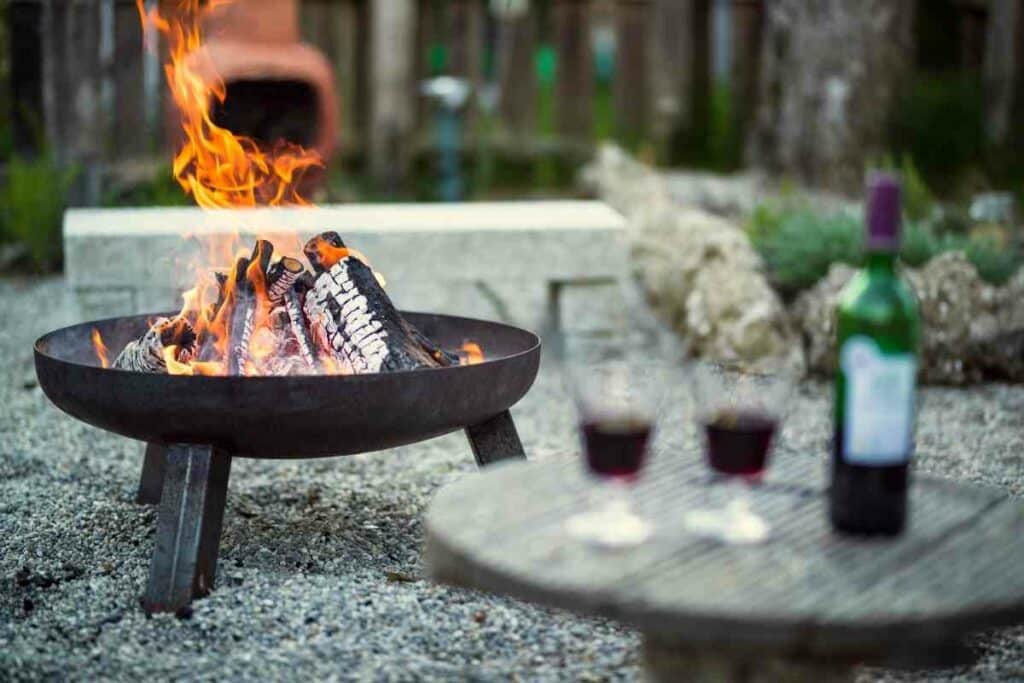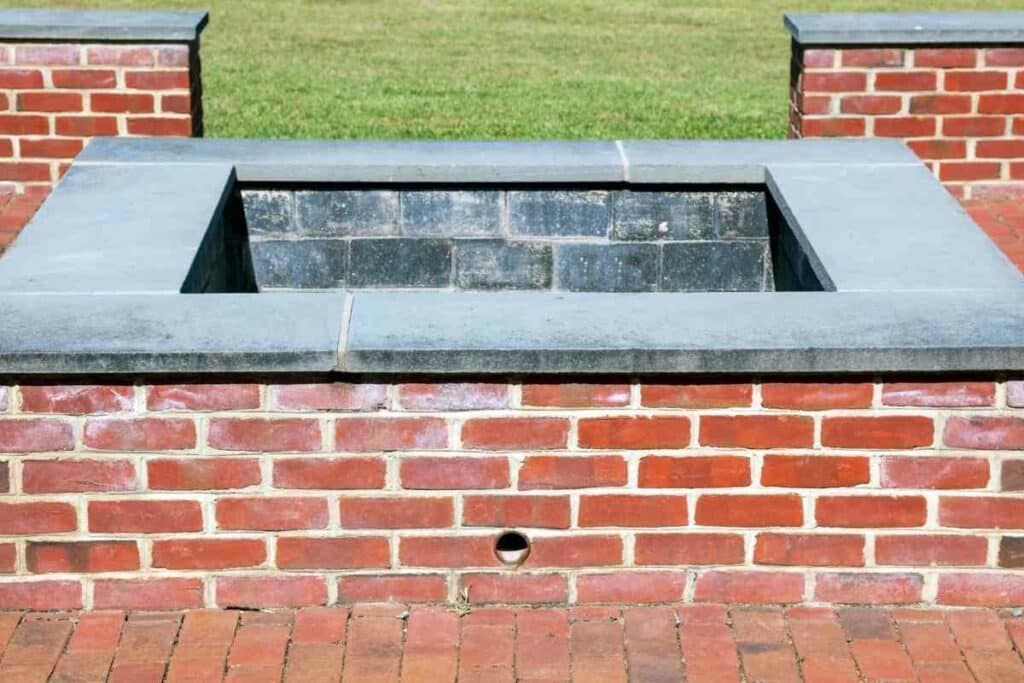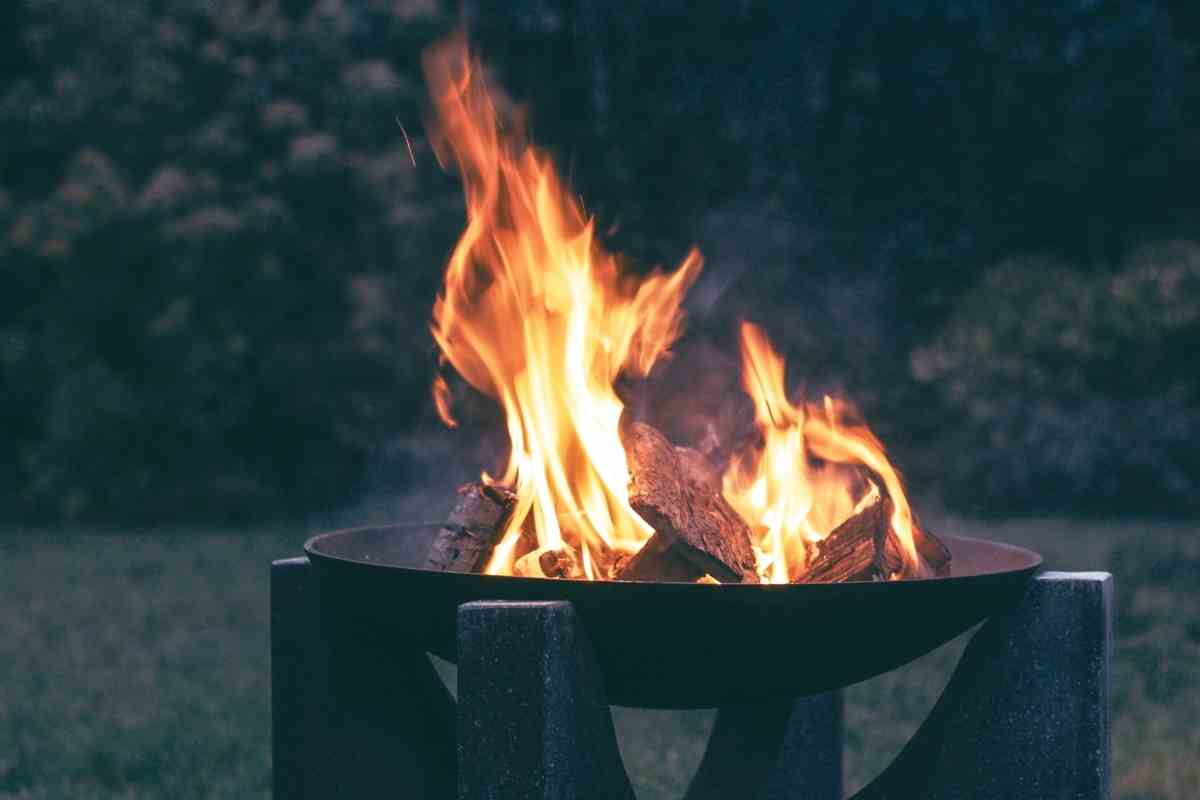There’s no such thing as a ‘one size fits all’ fire pit, especially not these days.
If you’ve never owned one before, it’s easy to get confused with all of the features, burning methods, and design styles.
Of course, if for no other reason than safety purposes, you should know whether or not it needs ventilation holes.
For the most part, all fire pits need some form of underneath ventilation. It’s not true for all, depending on design and functionality. However, ventilation ports are a necessity in most fire pits, even if you design and build your own.
Ventilation underneath a fire pit gives it an advantage because it keeps the holes under the fire nice and cherry hot.
There are three things that fire needs, just like a combustion engine:
- fuel
- spark
- oxygen
The ventilation underneath the fire is purely for oxygen purposes.
Benefits of Ventilation Holes in an Open Fire Pit
Besides the obvious benefit of having a lot of extra oxygen underneath your hot bed of coals, there are some other benefits to having adequate ventilation under your fire pit:

- Allows oxygen to keep the coals hot and burn the fuel above
- Vent holes keep the base of your plant cool, so it won’t burn what it’s sitting on
- Helps prevent breezes from blowing hot embers out of your fire
- Helps to get your fire going quickly
Regardless of the type of fire pit (more on types below), you’re going to want some decent ventilation and the general rule of thumb is to create either larger holes or more of them if you have a much larger fire pit.
Types of Fire Pits and How They’re Ventilated
There are a lot of different types of fire pits, at least in terms of materials, however, all of them maintain the same or similar shape, whether it’s circular, octagonal, or oval.
You have the open, upper half, which is where the fire burns, and vent holes either halfway down the structure of the pit or on the bottom.
Iron Fire Pits
Iron fire pits tend to have the wildest and most pleasantly aesthetic designs to them, although most of them still maintain a circular or octagonal shape.

Unless you buy a very particular iron fire pit, most of them are extremely well ventilated.
If you purchase one with a solid bottom half, with a few vent holes here and there, you may want to consider adding a few vent holes of your own, depending on how well your fire pit burns.
Many of your iron fire pits come with a thick, iron screen, which is more than enough for ventilation purposes.
Brick and Stone Fire Pits
These are fantastic fire pits.
They’re a little on the expensive side compared to the iron version but if you have the extra money or you have enough brick or stone laying around to make your own, it’s an awesome investment.

Brick and stone fire pits usually have large vent holes that typically look like they simply skipped a couple of bricks in the process of assembling and mortaring the bricks together.
If you have excellent ventilation, the stones absorb a good deal of heat and give off an ambient warmth.
Iron gets scalding hot, so brick and stone fire pits are much safer if you have pets or kids running around.
Don’t Worry Though – Those stones will hold more than enough warmth to spread the love around the immediate area.
Standard Metal Fire Pits
Your cheapest fire pit options are generally good firepits, despite their low cost.
However, unless it happens to be aluminum, you will have to worry about the metal getting hot enough to cause a serious burn.

It’s difficult to determine how many ventilation holes you will ultimately need as it is largely determined by the design of the fire pit.
Some, like their iron cousins, come with thick screens that provide plenty of heat.
Most of your metal fire pits are highly portable and convenient, although they probably won’t last as long as the heavier iron or cast iron and the brick and stone.
Designing and Creating Your Own Ventilation Holes
Perhaps you purchased a fire pit that doesn’t have any ventilation or one that simply doesn’t have enough ventilation.
Either way, it’s not too difficult to make your own ventilation holes, no matter what the fire pit is made out of.
Iron Fire Pit Ventilation Holes
Most of the time, the most efficient hole you’re going to be able to make is one that you drill.
Drilling through metal, even iron, isn’t difficult, so long as you have the right bit and the diameter of the bore is sufficient.
Keep in mind, that not every fire pit is designed the same or the same size so our suggestion of 8, well-distributed holes may be too many or too few, depending.
However, it’s always better to err on the side of caution and start with just a few.
If you drill a few holes and it doesn’t seem to be enough, you can drill two more, and so on. If you are going to drill through any kind of metal, especially through steel and iron, carbide or titanium are usually the way to go.
Drill America manufactures an excellent drill bit (link here) that is also tipped in black oxide for a bit more longevity and it’s an excellent bit for steel and iron.
Another good option is the Neiko 10194A Titanium Step Drill Bit. It’s a little archaic looking aesthetically but it works wonders on metal.
Brick and Stone Ventilation Holes
You can attack brick and stone in one of two ways.
The first is working the mortar out of the joints and removing a brick or stone along the way, however many times you need to do it (not so many that you degrade the support).
The second method is to tackle it with a masonry drill bit. You can also use carbide tip drill bits for masonry, just like with steel or iron.
The Bosch BM5000 Fast Spiral Masonry Set is a good option and it comes with a variety of bit sizes for whatever diameter hole you want to place.
If you want to remove a brick and the mortar between them is easy to get to, simply grab a steel file, insert the corner into the mortar between each brick and start scraping it back and forth.
The idea is to simply grind your way through the mortar that serves as the glue between bricks. Keep it as even as you can, so it’s almost like a perfect cut.
When you remove enough of the mortar from around all four sides, you can tap the brick out with a hammer.
Once the brick is out, use the same file to smooth out all four of your sides to maintain a good look. When you’re done, it’ll look like it was designed that way.
All Things Considered
Fire pits are wonderful for large family gatherings or friends but it quickly puts a damper on things when it’s not burning as well as you’d like.
With some well-placed ventilation holes and the tools to make them, however, you should be burning bright and hot in no time.
